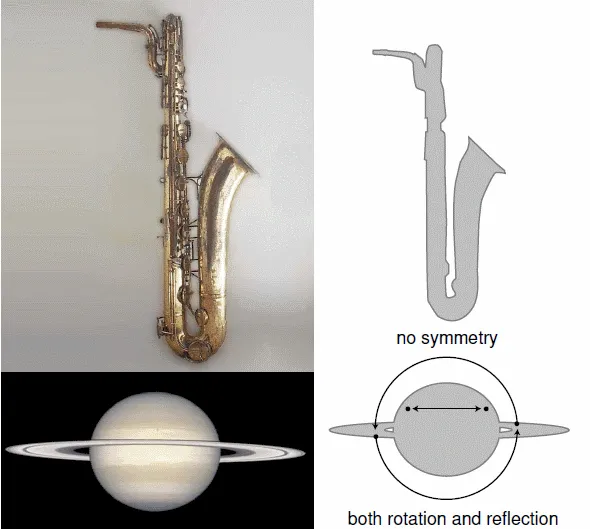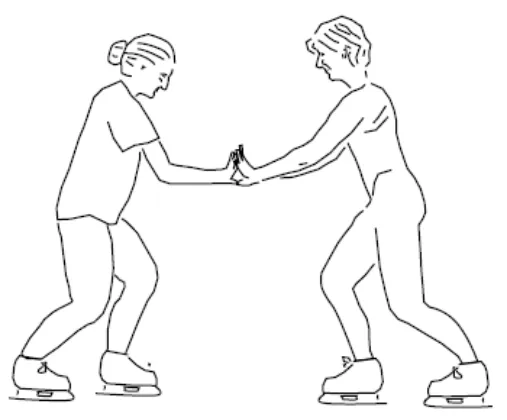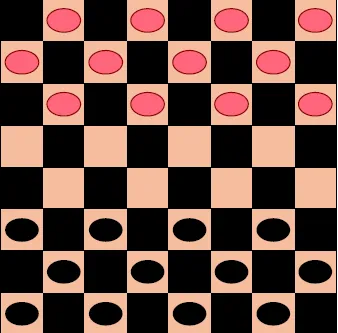Chapter 1 The Rules of the Rules
Table of Contents
Since birth, you’ve wanted to discover things. You started out by putting every available object in your mouth. Later you began asking the grownups all those “why” questions. None of this makes you unique — humans are naturally curious animals. What’s unusual is that you’ve decided to take a physics course. There are easier ways to satisfy a science requirement, so evidently you’re one of those uncommon people who has retained the habit of curiosity into adulthood, and you’re willing to tackle a subject that requires sustained intellectual effort. Bravo!
A reward of curiosity is that as you learn more, things get simpler. “Mommy, why do you have to go to work?” “Daddy, why do you need keys to make the car go?” “Grandma, why can’t I have that toy?” Eventually you learned that questions like these, which as a child you thought to be unrelated, were actually closely connected: they all had to do with capitalism and property. As a scientific example, William Jones announced in 1786 the discovery that many languages previously thought to be unrelated were actually connected. Jones realized, for example, that there was a relationship between the words “bhratar,” “phrater,” “frater,” and “brother,” which mean the same thing in Sanskrit, Greek, Latin, and English. Many apparently unrelated languages of Europe and India could thus be brought under the same roof and understood in a simple way. For an even more dramatic example, imagine trying to learn chemistry hundreds of years ago, before anyone had discovered the periodic table or even the existence of atoms. Chemistry has gotten a lot simpler since then!
Sometimes the subject gets simpler, but it takes a while for the textbooks to catch up. For hundreds of years after Hindu mathematicians incorporated negative numbers into algebra, European texts still avoided them, which meant that students had to endure a lot of confusing mumbo jumbo when it came to solving an equation like x + 7 = 0. Physics has been getting simpler, but most physics books still haven’t caught up. (Can you detect the sales pitch here?) The newer, simpler way of understanding physics involves symmetry.
1.1 Symmetry
The concept of symmetry goes back to ancient times, but the deep link between physics and symmetry was discovered by Emmy Noether. What do we mean by symmetry? Figure b shows two examples. The galaxy has a symmetry because it looks the same when you turn your book upside-down. The orchid has a different type of symmetry: it looks the same in a mirror. Reflection and 180-degree rotation are examples of transformations, i.e., changes in which every point in space is systematically relocated to some other place. We say that a thing has symmetry when transforming it doesn’t change it. As shown in figure c, some objects have more than one symmetry, although most have none.
a / Emmy Noether (1882-1935). The daughter of a prominent German mathematician, she did not show any early precocity at mathematics — as a teenager she was more interested in music and dancing. She received her doctorate in 1907 and rapidly built a world-wide reputation, but the University of G¨ ottingen refused to let her teach, and her colleague Hilbert had to advertise her courses in the university’s catalog under his own name. A long controversy ensued, with her opponents asking what the country’s soldiers would think when they returned home and were expected to learn at the feet of a woman. Allowing her on the faculty would also mean letting her vote in the academic senate. Said Hilbert, “I do not see that the sex of the candidate is against her admission as a privatdozent [instructor]. After all, the university senate is not a bathhouse.” She was finally admitted to the faculty in 1919. A Jew, Noether fled Germany in 1933 and joined the faculty at Bryn Mawr in the U.S.
b / Two types of symmetries.
c / Most object have no symmetries. Some have more than one.
Self-check A
What symmetry is possessed by most of the designs in a deck of cards? Why are they designed that way? ‣ Answer
Palindromes
example 1
A palindrome is a sentence that is the same when you reverse it: I maim nine men in Saginaw; wan, I gas nine men in Miami.
Discussion Questions
A What symmetries does a human have? Consider internal features, external features, and behavior. If you woke up one morning after having been reflected, would you be able to tell? Would you die? What if the rest of the world had been reflected as well?
1.2 A Preview of Noether’s Theorem
How does symmetry relate to physics? Long before Noether’s work, it had been recognized that some physical systems had symmetry, and their symmetries could be helpful for predicting their behavior. If the skaters in figure d have equal masses, symmetry tells us that they will move away from each other at equal speeds after they push off. The one on the right looks bigger, however, so the symmetry argument doesn’t quite work. If you look at the world around you, you will see many approximate examples of symmetry, but none that are perfect. Most things have no symmetry at all. Until Noether’s work, that was the whole story. Symmetry was on the sidelines of physics.
Noether’s approach was different. The universe is made out of particles, and these particles are like the players on a soccer field or the pieces on a checkerboard. The arrangement of the players on the soccer field normally has no symmetry at all. The symmetry is in the rules: the rules apply equally to both sides. Likewise, the physical arrangement of the checkers on the board in figure e has 180-degree rotation symmetry, but this is spoiled in figure f after a couple of moves. We don’t care about the asymmetry of the pieces. In Noether’s approach, what’s important is the symmetry of the rules. If we think of the checkerboard as a little universe, then these rules are like the laws of physics, and their symmetry allows us to predict certain things about how the universe will behave. For instance, suppose we balanced the board carefully on a knife edge running from left to right below its centerline. The position in figure e balances, and so does the one in figure f. The rules required both red and black to move one piece diagonally forward one step, so we were guaranteed that after each side had made one move, the setup would balance again.1
Noether’s greatest achievement was a principle known as Noether’s theorem. We are not yet ready to state Noether’s theorem exactly, but roughly speaking, here’s what it says: The laws of physics have to be the way they are because of symmetry.
d / What will happen when the two ice skaters push off from each other?
e / The starting position in checkers.
f / The board after two moves.
1.3 What Are The Symmetries?
What are the actual symmetries of the laws of physics? It’s tempting to try to determine them by pure reason, or by aesthetic arguments. Why, for example, would God have chosen laws of physics that didn’t treat right and left the same way? That would seem ugly. The trouble with this approach is that it doesn’t work. For example, prehistoric peoples observed the rising and setting of the sun, the moon, the stars, and the four naked-eye planets. They all appeared to be going in circles, and a circle is a very symmetric shape: it remains the same under rotation through any angle at all. It became accepted dogma among the ancient astronomers that these heavenly bodies were attached to spinning crystal spheres. When careful observations showed that the motion of the planets wasn’t quite circular, they patched things up by imagining smaller crystal spheres riding on the big ones. This bias toward spheres and circles was hard to shake because the symmetry of the shapes was so appealing. The astronomer Johannes Kepler (1571-1630) inherited from his predecessor Tycho Brahe (1546-1601) a set of the best observations ever made of the motions of the planets. Kepler labored for years trying to make up a set of spheres riding on spheres that would fit the data, but because the data were so accurate, he finally realized what nobody could have known based on the older, less precise observations: it simply wasn’t possible. Reluctantly, Kepler gave up his mystical reverence for the symmetry of the circle. He eventually realized that the planets’ orbits were ovals of a specific mathematical type called an ellipse. The new observations showed that the laws of physics were less symmetric than everyone had believed.
Sometimes experiments show that physics is more symmetric than expected. One good example of this is translational symmetry. A translation is a type of transformation in which we slide everything without rotating it, as in figure h, where we can slide the chess board so that the black squares are again in the places previously occupied by black squares.2 The ancient Greek philosopher Aristotle believed that the rules were different in some parts of the universe than in others. In modern terminology, we say that he didn’t believe in translational symmetry. When you drop a roc...






